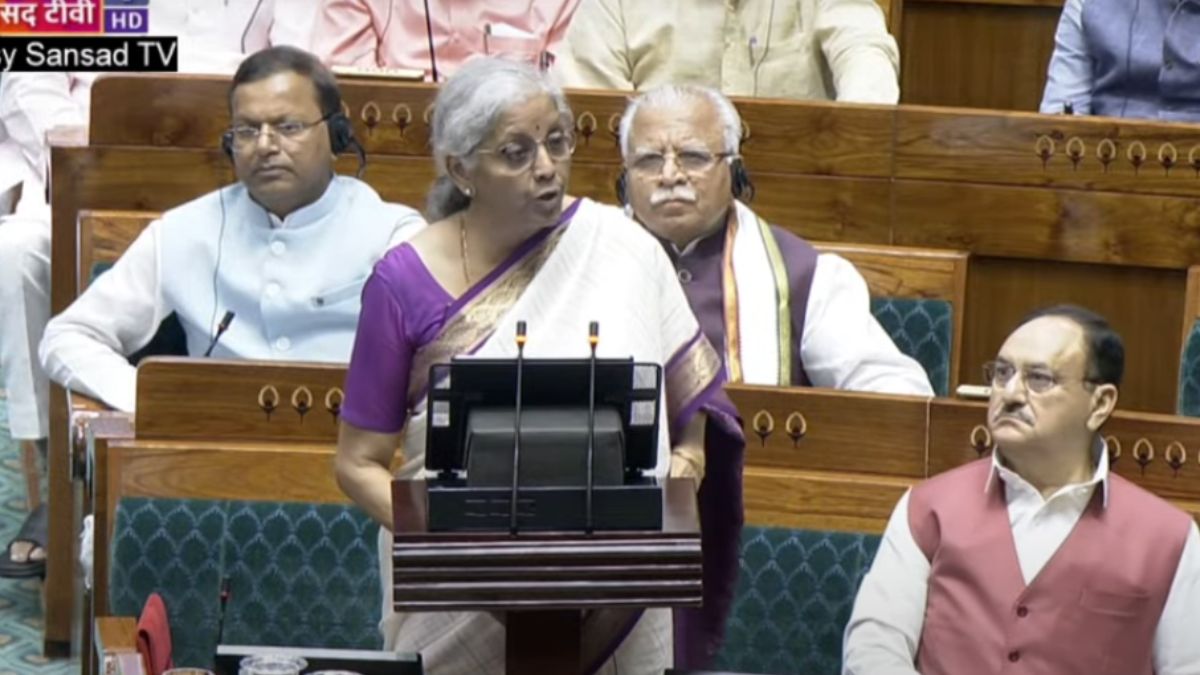When Finance Minister Nirmala Sitharaman presented the Union Budget for FY 2024–25, it showcased the Modi government’s commitment to balancing high capital expenditure with robust welfare spending. This balanced approach is poised to maintain a robust GDP growth rate while keeping the fiscal deficit in check.
Despite global economic uncertainties, including elevated asset prices, political instability, and shipping disruptions, India’s economic growth remains a beacon of stability. The global economy, though performing better than expected, is still grappling with these challenges. However, India’s inflation remains low and stable, moving towards the 4 per cent target, with core inflation (non-food, non-fuel) currently at 3.1 per cent. The government’s proactive steps to ensure adequate market supplies of perishable goods have also contributed to this stability.
The Modi government has placed a strong emphasis on inclusive growth, focusing on four major segments of society: ‘Garib’ (poor), ‘Mahilayen’ (women), ‘Yuva’ (youth), and ‘Annadata’ (farmer). The administrative actions for the approval and implementation of various schemes announced in the interim budget are well underway, with the necessary allocations made to ensure their success.
A significant highlight of the budget is the Prime Minister’s package of five schemes aimed at employment, skilling, and other opportunities for 4.1 crore youth over a five-year period, with a central outlay of Rs 2 lakh crore. The government has made a provision of Rs 1.48 lakh crore for education, employment, and skilling.
Empowering Youth
Empowering the youth and fulfilling their dreams is at the heart of the Modi government. The Budget for Viksit Bharat continues the government’s trend of placing the aspirations of the youth at the centre of policymaking. With an allocation of Rs 1.48 lakh crore to education, employment, and skilling, the budget demonstrates a clear commitment to building a future-ready workforce.
Impact Shorts
More ShortsThe Prime Minister’s Package for strengthening the skilling and apprenticeship ecosystem includes a range of initiatives aimed at equipping the youth with the skills needed for the modern economy.
This package includes:
Skill Development and Internship Opportunities: One crore youth will be provided with internship opportunities in India’s top companies, fostering practical experience and industry readiness.
Employment-Linked Incentives: First-time employees across sectors will receive incentives, encouraging businesses to hire and train new entrants to the workforce.
Model Skill Loans: Up to Rs 7.5 lakh will be available to 25,000 students annually, ensuring that financial constraints do not hinder skill acquisition.
Education Loans: Up to Rs 10 lakh will be available for pursuing education in domestic Higher Education Institutions (HEIs) to 1 lakh students every year, with an annual interest subvention of 3%, making higher education more accessible.
These comprehensive and concrete measures are designed to be a win-win for all stakeholders — students, academia, and industry. They will fulfil the aspirations of our youth, empower people with more livelihood opportunities, and increase accessibility to quality education and skills. Moreover, these initiatives are projected to create over 4.1 crore new jobs in the next five years, significantly contributing to India’s socio-economic development.
Additionally, up to 1,000 ITIs will be upgraded in a hub and spoke model, and the government will also revise the Model Skilling Loan scheme to facilitate loans up to Rs 7.5 lakh. Furthermore, a new centrally sponsored scheme for skill development in collaboration with states and industry, aiming to skill 20 lakh youth over 5 years, will be provided, as announced by the FM.
The government will launch a scheme to provide internship opportunities to one crore (ten million) students in the next five years. These internships will be offered by the top 100 companies. Each student will receive an internship allowance of Rs 5,000 per month, along with one-time assistance of Rs 6,000.
The minister also mentioned that the companies participating in the scheme will be expected to cover the training costs and 10 per cent of the internship costs using funds from their Corporate Social Responsibility (CSR) initiatives. The government will also set up working women’s hostels to promote women’s participation in the workforce.
The Modi government’s emphasis on education, employment, and skilling underscores a forward-looking approach that aligns with the goals of a Viksit Bharat. By investing in the youth, the government is not only addressing immediate needs but also building the foundation for a prosperous and resilient future. This budget reflects a visionary roadmap that leverages the potential of the young population to drive national growth and development.
The Union Budget 2024–25 underscores the Modi government’s commitment to inclusive and sustainable growth. By balancing high capital expenditure with robust welfare spending, the government is paving the way for a resilient and thriving economy. The focus on employment, skilling, MSMEs, and the middle class, combined with initiatives for rural development and support for start-ups, positions India for continued economic growth and development. The government’s vision for a Viksit Bharat (developed India) is clear, and this budget is a significant step towards realising that dream.
Anil Agrawal is Chancellor, HRIT University, and former Member of Parliament, Rajya Sabha. Akash Balyan is studying economics at Symbiosis School of Economics. Views expressed in the above piece are personal and solely those of the authors. They do not necessarily reflect Firstpost’s views.


)

)
)
)
)
)
)
)
)



